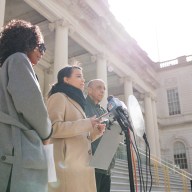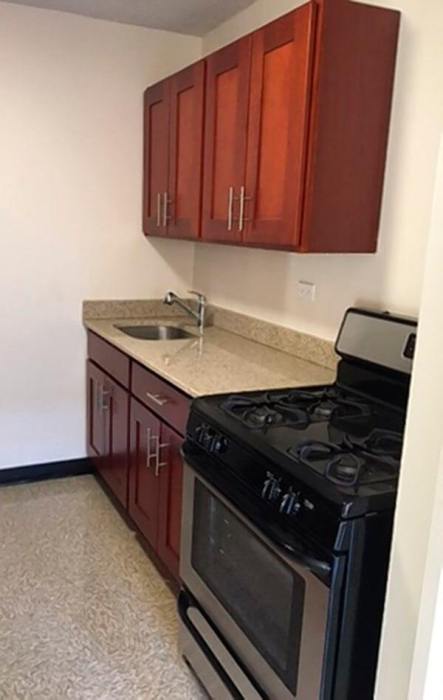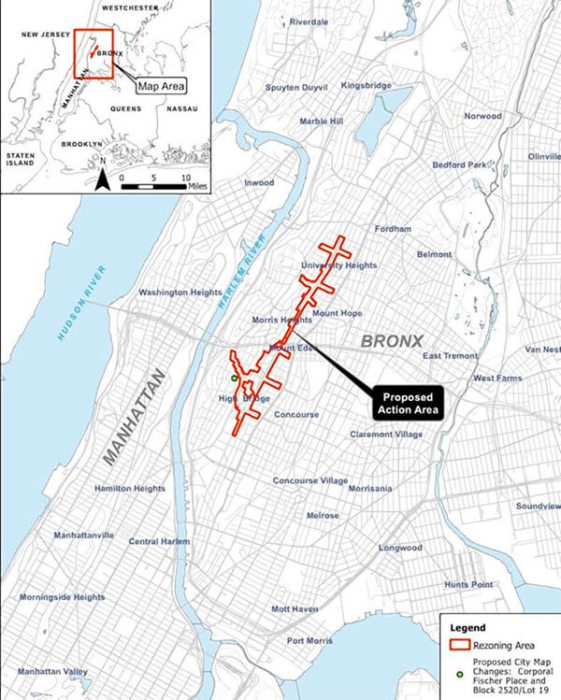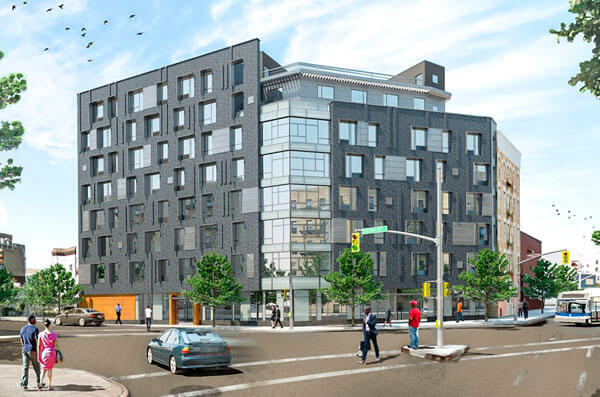A report by a North Bronx housing researcher has found that rent speculation — buying property with the hopes of reselling it at a higher price — which has been an upward trend in the borough’s northwest corridor, is leading to increases in bad outcomes for tenants such as poor building conditions and evictions.
Oftentimes, Black and brown tenants are bearing the brunt of these outcomes, accruing more than double the maintenance violations and facing more than half as many evictions as their peers, researchers from the University Neighborhood Housing Program (UNHP) and nonprofit Local Initiatives Support Corporation found in their report.
“New research reinforces what advocates have often claimed: speculation by corporate and private landlords is a major driver of eviction and lower housing maintenance quality,” an excerpt from UNHP reads. “Predatory landlords have generated substantial returns by extracting wealth from low-income and Black and Latinx communities, and speculation demonstrably harms tenants who enable these profits.”
Eviction cases in New York City’s courtrooms are stockpiling, precipitated by the repeal of the state’s eviction moratorium on Jan. 15. There are about 220,000 pending eviction cases in the city — over half of which were filed during the pandemic — and nearly 600,000 households behind on rent, with tenants of color disproportionately impacted.
At the heart of this, the study suggests, is predatory landlords who have long-targeted communities of color.
One particular landlord highlighted in the report is Ved Parkash, who is notorious for aggressive eviction filings, and has gone on record saying he focused on buying buildings in the Bronx because he perceived housing court there to be friendlier to landlords.
Parkash’s portfolio is comprised of roughly 71 buildings with a high concentration of properties in the Bronx.
The report says that over the past few decades Parkash had a history of pulling out equity at three- to five-year intervals to profit from the property’s rising values and to acquire more buildings, while neglecting maintenance and upkeep in his existing portfolio.
At one point Parkash had a cumulative total of more than 2,200 open housing maintenance violations with the city, and filed more evictions than families housed in his buildings from 2013-2015. In 2019, he evicted 158 families despite documentation compiled by the Bronx Times showing a pattern of tenant harassment, mold, collapsing ceilings, trash, cockroaches and rats — including a tenant in 750 Grand Concourse sickened by a rat-borne disease.
Parkash has also been sued for lead paint violations and Section 8 discrimination, and fined for illegally subdividing apartments.
During the first year of COVID, Parkash filed at least 650 petitions in housing court, which was about 5% of all Bronx cases during that period. In October 2020, he applied for tax relief with the NYC Tax Commission, arguing that his Bronx portfolio is worth less than it was assessed.
Reach Robbie Sequeira at rsequeira@schnepsmedia.com or (718) 260-4599. For more coverage, follow us on Twitter, Facebook and Instagram @bronxtimes.























